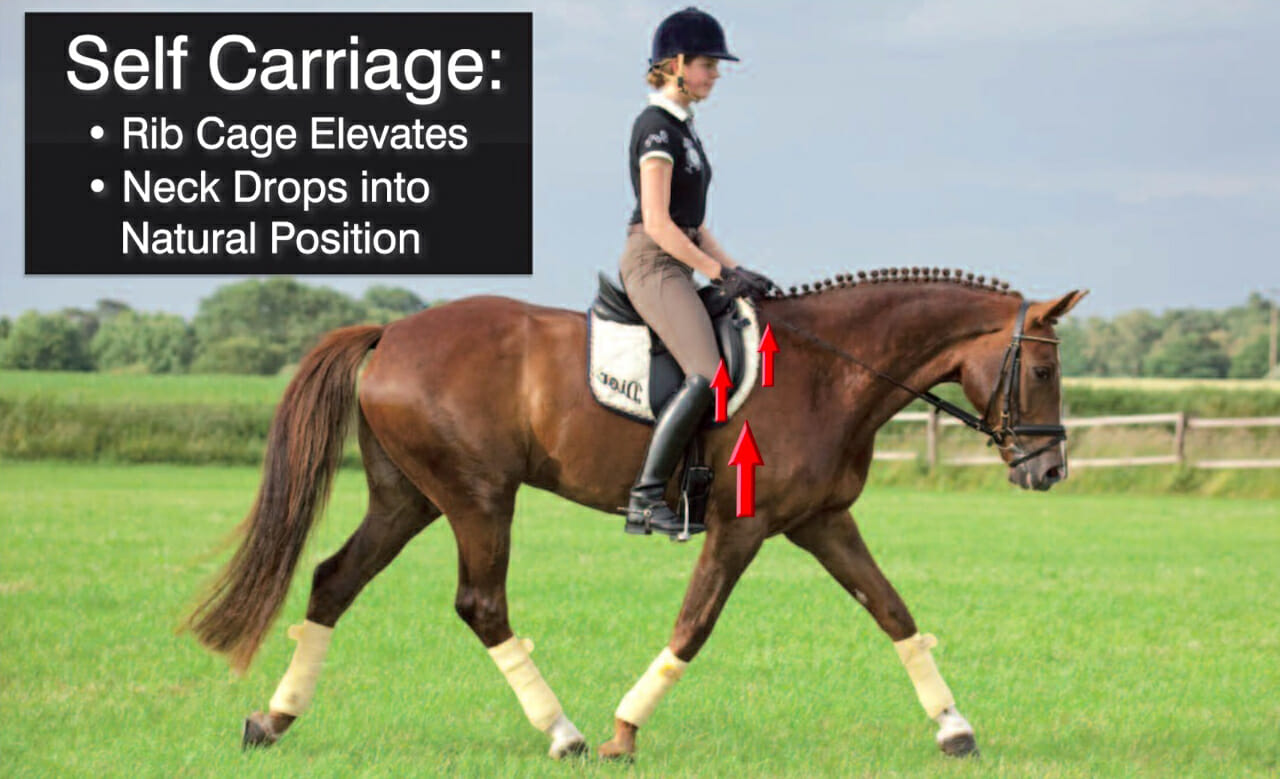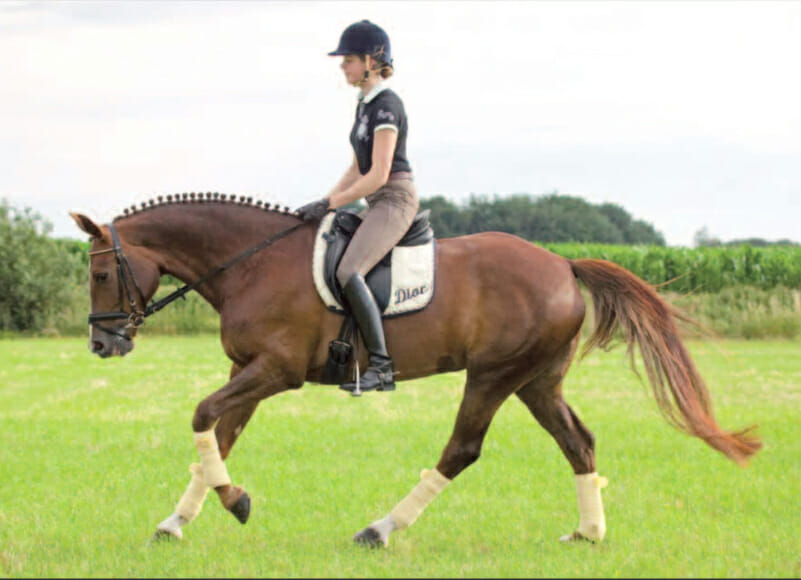The difference between a balanced posture and a stretch – Part One
The horse’s posture under the rider is a very important and highly debated subject. In order to train in a way that is healthy for our horses, we need to understand different postures and their functions. There is much confusion out there regarding what a balanced working posture should look like, especially when it comes to the question of how low the horse’s head should be. The fact that there are a lot of inconsistencies regarding terminology makes things even trickier. In this article Dr. Gerd Heuschmann explains the difference between a balanced working posture and a forward and down stretch.
The balanced working position – the basic position
Let’s start with what the old masters called the basic position or the working position. Today, we sometimes define this as the horse being on the bit. This is not a position you create as a rider; this is a position that the horse offers to you. We can imagine the horse as a bridge, with a certain distance between the legs – the back has a certain length and the neck has a certain length.
Then, there is the weight of the rider, right on top of the bridge. If you put this system in motion, we can imagine the neck as being the arm of a lever, which should fall into a natural position that allows the horse to move his back and stay supple. Because the neck is connected to the back through the nuchal ligament, through the topline muscles, the position of the neck will affect the function of the back and hind legs. When the neck drops into a natural position, the whole system is working from the croup, through the loin, through the back, into your hands. And you get a nice contact.
This contact is the key thing. Many people think contact is something you need to make. That is not the case. You simply offer contact, the horse is the one who takes it. So, this is our balanced working position. The horse’s neck is in a natural position, so he is able to work through his entire body and stay supple and he takes contact equally. In 95% of the horses, the natural position of the neck will fall in line with the withers. However, what the position will look like may vary with different horses. If you have a shorter horse with a really round topline, his natural position might be a little higher. If you have a really long horse with a soft topline, his natural position may be lower. Many factors play into this, but it is always the horse’s decision where he wants to put this arm of the lever to create balance with this additional weight of the rider on his back.

When the horse is moving in a balanced position, he is using his topline ligamentous system to keep the swing in his back. His muscles – the extensors of the back, the abdominals, the iliopsoas, the hamstrings, gluteals, quadriceps, are all able to work harmoniously. All these muscles are able to do their jobs without restriction, without negative tension. The muscle system can only work ideally if the horse finds balance with this additional weight on his back. This is why it is not the rider’s choice where to put the neck, it is always the horse’s choice. The horse tells you where the arm of the lever has to go. If someone tells you exactly where the horse’s head should be, according to dogma or ideology, you can be sure this is wrong. As soon as you force the horse’s head into a certain position, you are doing damage. There is no big difference between people who ride in rollkur and people who place the horse’s neck too high up or to the side. Don’t touch the horse’s neck. Allow him to carry his neck straight in front of the trunk and give him a soft contact, equal in both hands.





